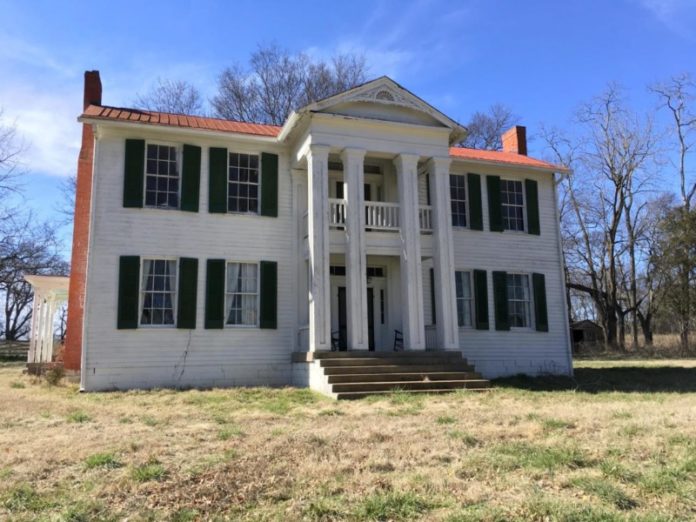The threat of demolition of Brentwood’s historic Owen-Primm House is over. After developers worked with the Heritage Foundation of Williamson County, TN, the home is under contract to a preservation-minded buyer as of Feb. 1. The buyer has yet to be publicly announced but has committed to saving the house, five acres of the property and its barn.
A demolition permit filed in mid-December endangered the existence of the historic house on Moores Lane near Wilson Pike, but a 90-day wait period, per Brentwood city code, provided time for the Heritage Foundation and the City of Brentwood to seek other options.
“We’ve been monitoring the situation and talking with the developer for weeks. Over this past weekend, the developer and the Heritage Foundation Board of Directors agreed to a 60-day option for the Foundation to purchase the property or find a buyer who would preserve it. Today the developer moved forward in an agreement with buyers who intend to restore and save the home, barn and land,” Heritage Foundation CEO Bari Watson Beasley said. “Core to our countywide mission, this is a perfect example of how developers and the Heritage Foundation work together for the betterment of the community.”
The Owen-Primm House is an excellent example of antebellum vernacular architecture in Williamson County. Originally constructed by Jabez Owen, Sr. as a single-story log cabin in 1806, the date of construction remains visible within a wall of the log-structured portion of the home. By 1845, Owen framed the log cabin and expanded his residence into a two-storied central hall plan with Greek Revival architectural features. Today, the home remains relatively unaltered. Upon Owen’s death in 1850, the home stayed within the Owen family until the Primm family purchased the property, establishing a profitable dairy farm.
The home was placed on the National Register of Historic Places in 1988. Since its last occupant in 2011, the house has largely sat vacant. The property next door to the home – a 29-acre tract – was rezoned for residential development in 2018, with the requirement that the original enslaved dwellings, which share a unique stone stacked chimney, be preserved. Historians believe the property dates to c.1800, with periods of significance dating to 1806, 1840-1845, 1861-1865, 1920 and 1930.
Please join our FREE Newsletter

















So wonderful to read that this property is going to be saved! I have wondered about it ever since my family moved to the area.